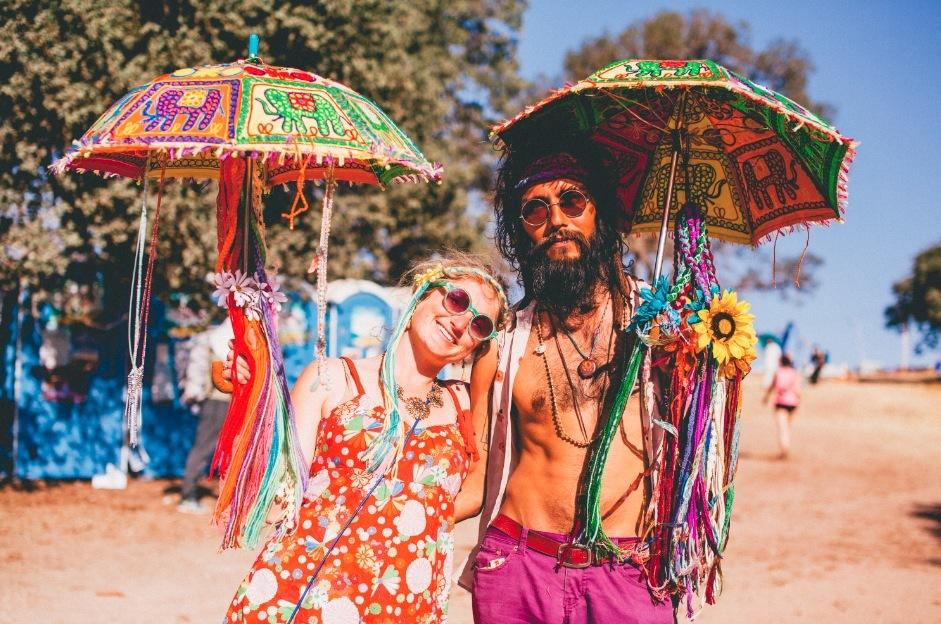The Motivations of a Sports Fan
Everybody knows those hardcore sports fans in their life. We all have family, friends, and acquaintances who devotedly follow their favorite sports teams and athletes.
You know that one guy (or girl)...the one who watches every game of their team. The one who knows every player on the roster of their favorite team. The one who competes in fantasy sports leagues with friends and with total strangers...the one who loudly yells and cheers for their team while watching the game on TV or online, even though their team cannot hear them.
Trust me, I know that person, because I am that person...
I am a sports fan...a sports fanatic some might say. I share this common interest with many friends and sports fanatics. I do not share this interest with many other friends, who don't understand why so many people get riled up for sports, because after all, it's just a game.
I admittedly call myself a hardcore sports fan, especially with my favorite sport, American football. But why is that exactly? How did I become a sports fan, and why do I watch sports? Why do people watch sports at all? What motivates the average sports fan?
In chapter eight of Sports Spectators, author Allen Guttmann goes over the motivations of the sports fan. Guttmann claimed that it's difficult to determine every sports fans motivations as to why they are a sports fan,
He determined that the sports fans average motivations include economic/money (betting), political motivations, and religious. The most influential and complicated motivation however, is identification.
"As considerations of inclusion in or exclusion from talks about sports suggest, there is also a psychological component at work. Beneath the religious, political, economic, and social motives, all of which have appeared historically with varying intensity and in various forms, there is the need of the observer to identify with the actor," Guttmann wrote (Sports Spectators, 180).
Although all of these motivates are true for many sports fans, I would have to agree that identification is the most powerful motivator.
Why is that? Because sports serve as a representation of the fan -- You represent the team, and the team represents you. When a fan wears an athlete's jersey, they are representing that athlete. When a team wins a game, their fans feel a tremendous amount of pride, because that win represented who they are, represented the city/state they play for (or university if college sports).
So how do we get to that point? How does identification with a sports team come to be anyways? The answer depends on the person, as everyone has their own unique story.
For example, my favorite sports team is the Pittsburgh Steelers (NFL). I have been a Steelers fan since I began watching professional football in 2005. So how did a young California kid such as myself, identify with a team across the country that I knew nothing about at the time? I identified with them. Here's how:
- Family Influence: I had family members who were also Steelers fans. They grew up witnessing the Steelers dynasty in the 1970's, where the team who was known as the "Steel Curtain" helped lead the Steelers to four Super Bowl championships. Watching them root for this team naturally got me more interested in the sport, while growing closer with family.
- Athletes: Many sports fans become fans of a team after their favorite athlete goes to a certain team. There were many players that I enjoyed watching in that 2005 season for the Steelers...players such as Jerome "The Bus" Bettis, Ben Roethlisberger, Hines Ward, Joey Porter, and Aaron Smith. The player that caught my eye the most was Troy Polamalu, a young and explosive safety in the NFL at that time. Being that I am from California, I was a USC fan, which is where Polamalu played college football. This immediately made him my favorite athlete and was very influential in choosing my favorite team.
| Former Pittsburgh Steelers SS Troy Polamalu and future NFL Hall of Famer. |
I identified myself with the team through family and the athletes. It became part of me. In 2009, I would attend my first NFL game -- Pittsburgh Steelers at the Denver Broncos in Colorado -- and the experience was phenomenal. One of the most amazing things about this experience was actually meeting other Steelers fans that weekend...fans who had traveled from California like us, many from Pittsburgh, many from other states all around the country. Even a few Steelers fans from Canada. Even though none of us personally knew each other, there was a sense of family and belonging. Wearing team colors and the same jerseys connected fans together; complete strangers struck up conversations and showed so much love to people they had never met because they were simply part of the "Steelers Nation." We all identified ourselves as Steelers fans and with each other. These are moments that I will always remember.
| Pittsburgh Steelers fans during a game. |
As time went on, I taught myself the rules of the game. I learned the history of every NFL team. I began collecting football trading cards and sports memorabilia. I started creating my own NFL mock drafts. And I began to play fantasy football three years ago.
This weekend alone, I watched the 2017 NFL Draft. I have been watching the entire draft for years...all seven rounds, since 2008 now. Many fans would have no interest in that, but I do. On Thursday, I had watched the first round at school with a few classmates...my fellow sports friends were in the room, watching intensely with me, while a few other friends who are not football fans, wondered how we could possibly all watch such a boring sporting event for over three hours.
| Fans making their way to the 2017 NFL Draft in Philadelphia. |
Then I looked at the fans in attendance of the event in Philadelphia this year. The passionately booed and cheered for hours on end, from one day to the next, for hours on end (probably around 10-12 hours total for the three day event).
Some may call us crazy, but I say that we're just dedicated and loyal sports fans to our favorite team. When I really do reflect on it, Guttmann is right, identification is a powerful thing, and that is the strongest motive that a sports fan can possibly have...take it from me. Hopefully you can understand what may drive the mind of a sports fan a little more now.












